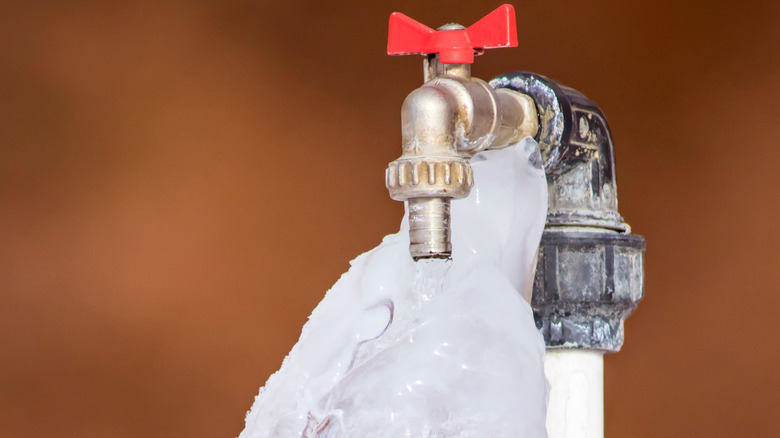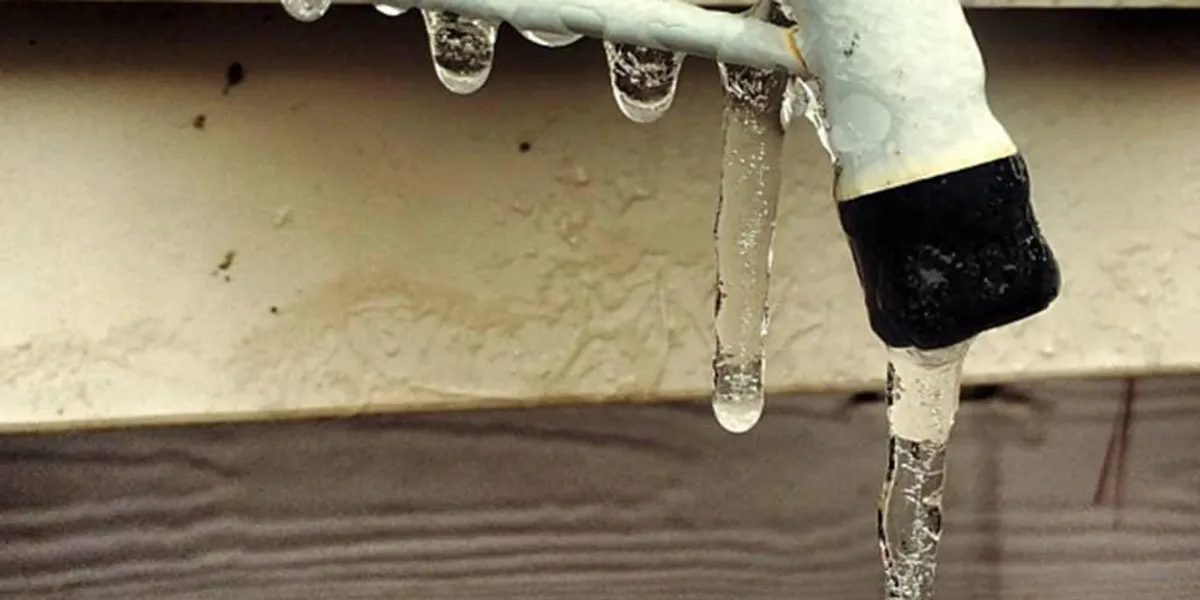Ways to Maintain Your Pipes from Cold Weather Damage: Important Advice
Ways to Maintain Your Pipes from Cold Weather Damage: Important Advice
Blog Article
Listed here below you will find a lot of quality news when it comes to How to prepare your home plumbing for winter weather.

Cold weather can damage your pipes, specifically by freezing pipes. Right here's how to avoid it from happening and what to do if it does.
Introduction
As temperatures decline, the danger of frozen pipes rises, potentially leading to expensive fixings and water damages. Recognizing just how to prevent icy pipes is essential for house owners in cold climates.
Prevention Tips
Protecting vulnerable pipes
Cover pipes in insulation sleeves or utilize warm tape to protect them from freezing temperature levels. Concentrate on pipes in unheated or external areas of the home.
Home heating techniques
Keep indoor spaces sufficiently warmed, especially areas with pipes. Open cabinet doors to enable warm air to distribute around pipelines under sinks.
Just how to recognize icy pipelines
Look for lowered water circulation from faucets, unusual smells or noises from pipes, and noticeable frost on revealed pipelines.
Long-Term Solutions
Structural changes
Take into consideration rerouting pipelines far from exterior wall surfaces or unheated areas. Add extra insulation to attic rooms, basements, and crawl spaces.
Upgrading insulation
Buy premium insulation for pipes, attics, and wall surfaces. Appropriate insulation aids preserve regular temperature levels and decreases the danger of icy pipelines.
Securing Exterior Plumbing
Yard hoses and exterior faucets
Disconnect and drain pipes yard tubes prior to winter months. Mount frost-proof faucets or cover exterior taps with protected caps.
Recognizing Icy Pipes
What causes pipelines to freeze?
Pipelines ice up when exposed to temperature levels below 32 ° F (0 ° C) for prolonged periods. As water inside the pipes freezes, it broadens, putting pressure on the pipeline walls and possibly creating them to rupture.
Risks and problems
Frozen pipelines can cause water system interruptions, building damages, and costly repairs. Burst pipelines can flooding homes and trigger considerable architectural damage.
Indicators of Frozen Pipes
Identifying icy pipelines early can stop them from bursting.
What to Do If Your Pipelines Freeze
Immediate actions to take
If you suspect frozen pipes, maintain taps open to eliminate stress as the ice thaws. Use a hairdryer or towels soaked in warm water to thaw pipes slowly.
Final thought
Protecting against icy pipes calls for positive procedures and quick actions. By recognizing the causes, signs, and preventive measures, property owners can protect their plumbing during cold weather.
5 Ways to Prevent Frozen Pipes
Drain Outdoor Faucets and Disconnect Hoses
First, close the shut-off valve that controls the flow of water in the pipe to your outdoor faucet. Then, head outside to disconnect and drain your hose and open the outdoor faucet to allow the water to completely drain out of the line. Turn off the faucet when done. Finally, head back to the shut-off valve and drain the remaining water inside the pipe into a bucket or container. Additionally, if you have a home irrigation system, you should consider hiring an expert to clear the system of water each year.
Insulate Pipes
One of the best and most cost-effective methods for preventing frozen water pipes is to wrap your pipes with insulation. This is especially important for areas in your home that aren’t exposed to heat, such as an attic. We suggest using foam sleeves, which can typically be found at your local hardware store.
Keep Heat Running at 65
Your pipes are located inside your walls, and the temperature there is much colder than the rest of the house. To prevent your pipes from freezing, The Insurance Information Institute suggests that you keep your home heated to at least 65 degrees, even when traveling. You may want to invest in smart devices that can keep an eye on the temperature in your home while you’re away.
Leave Water Dripping
Moving water — even a small trickle — can prevent ice from forming inside your pipes. When freezing temps are imminent, start a drip of water from all faucets that serve exposed pipes. Leaving a few faucets running will also help relieve pressure inside the pipes and help prevent a rupture if the water inside freezes.
Open Cupboard Doors
Warm your kitchen and bathroom pipes by opening cupboards and vanities. You should also leave your interior doors ajar to help warm air circulate evenly throughout your home.

I ran across that blog posting about How to Prevent Your Pipes From Freezing while doing a lookup on the web. You should take the opportunity to distribute this article if you liked it. I cherish your readership.
Call Today Report this page